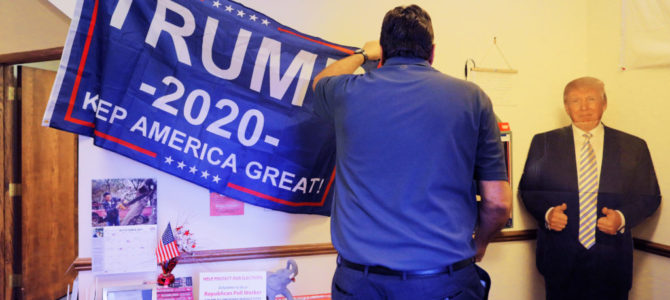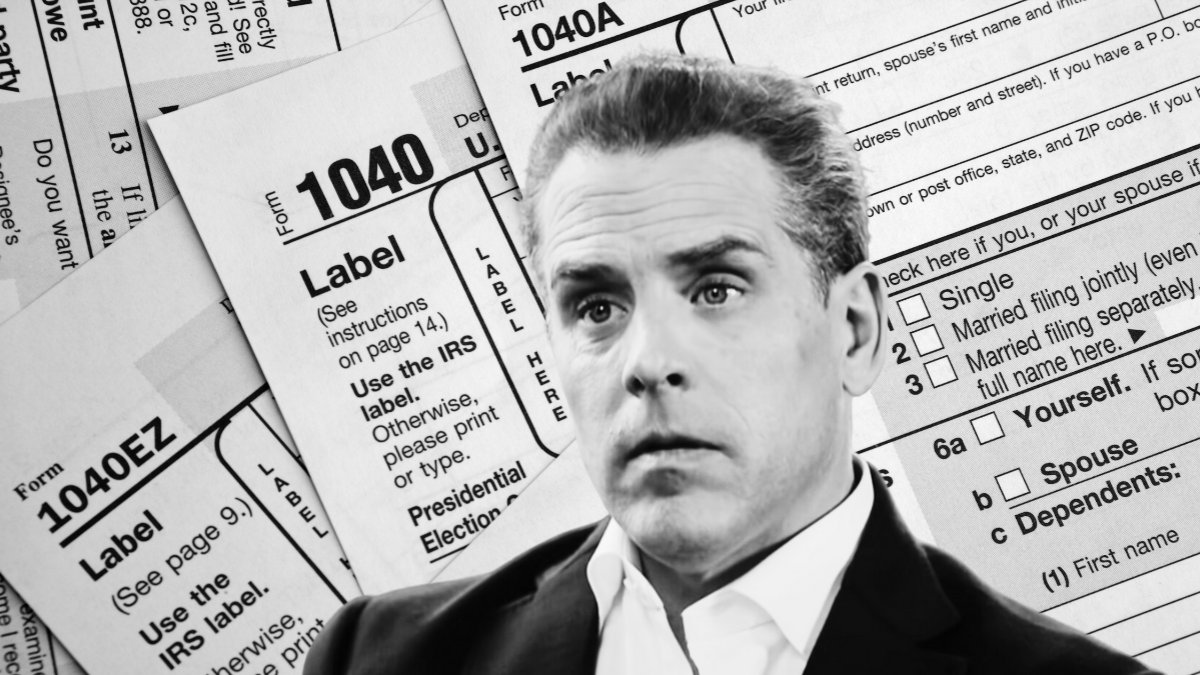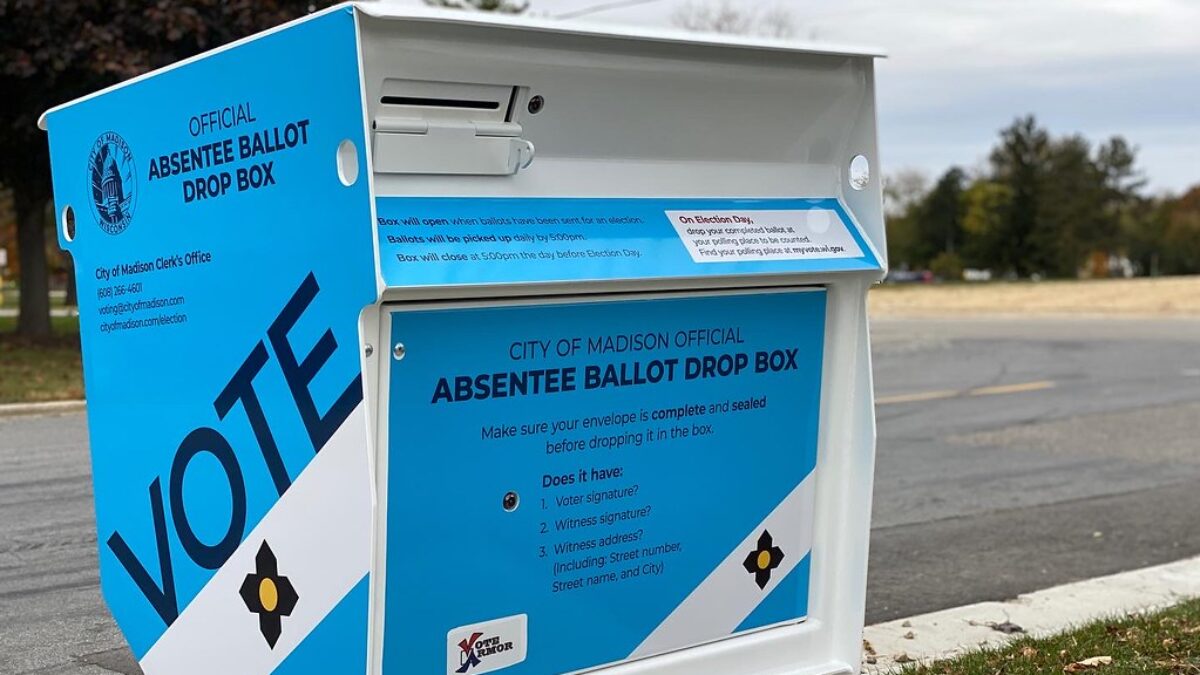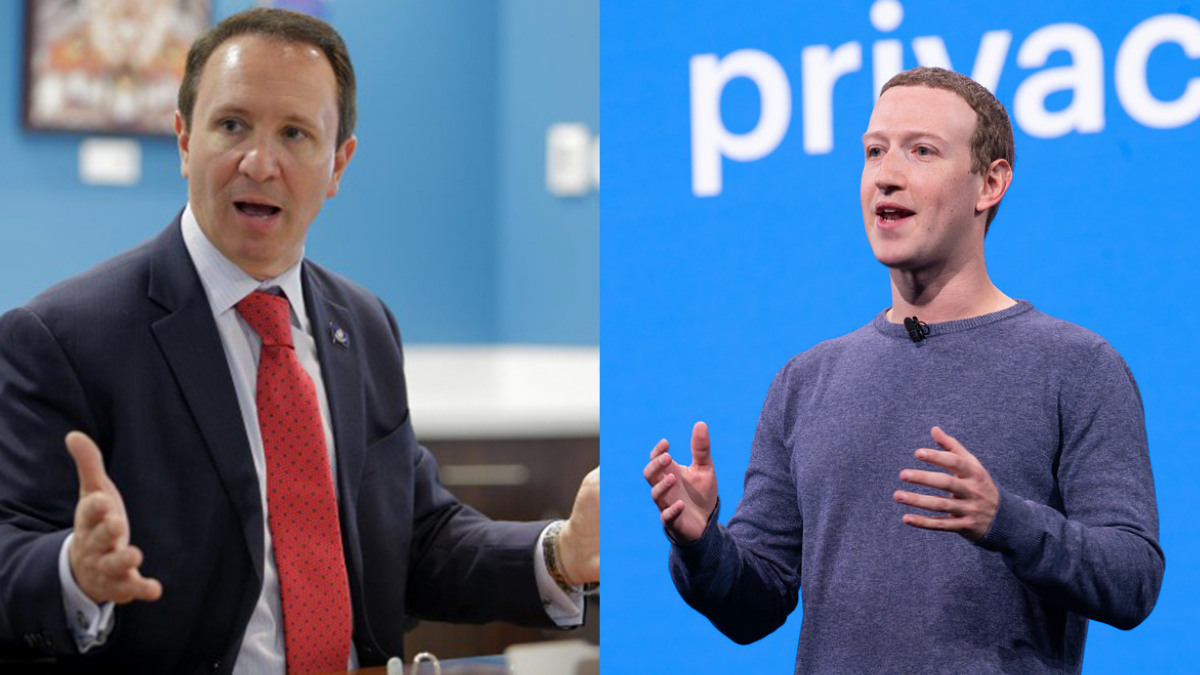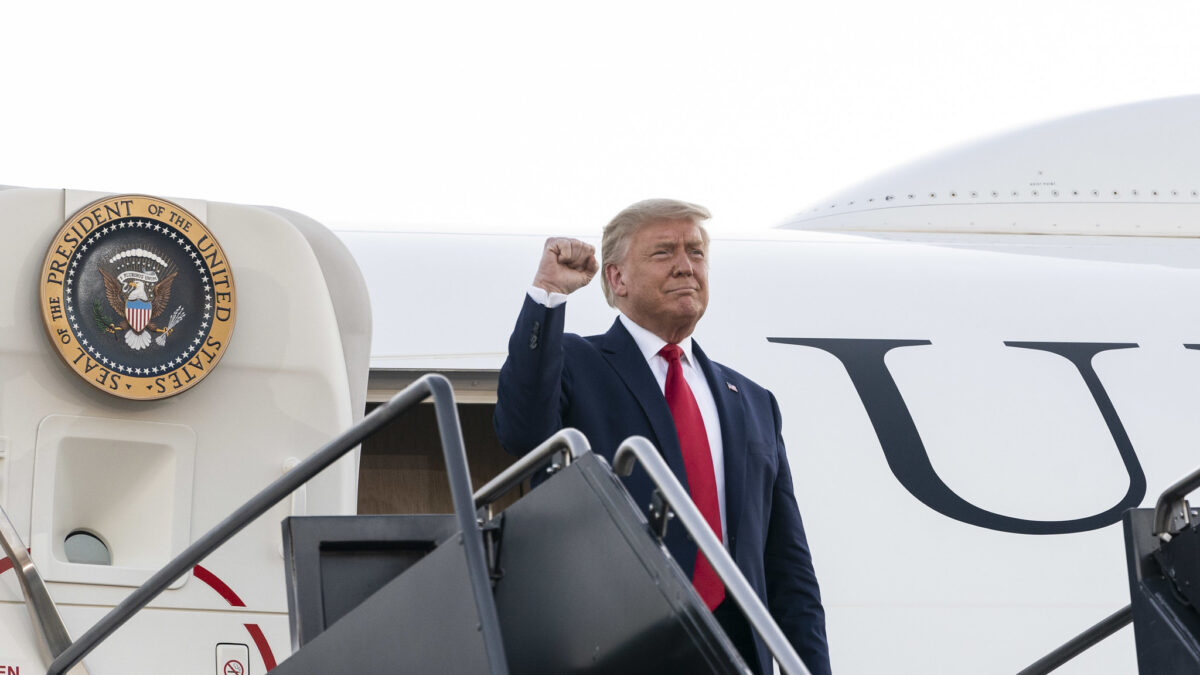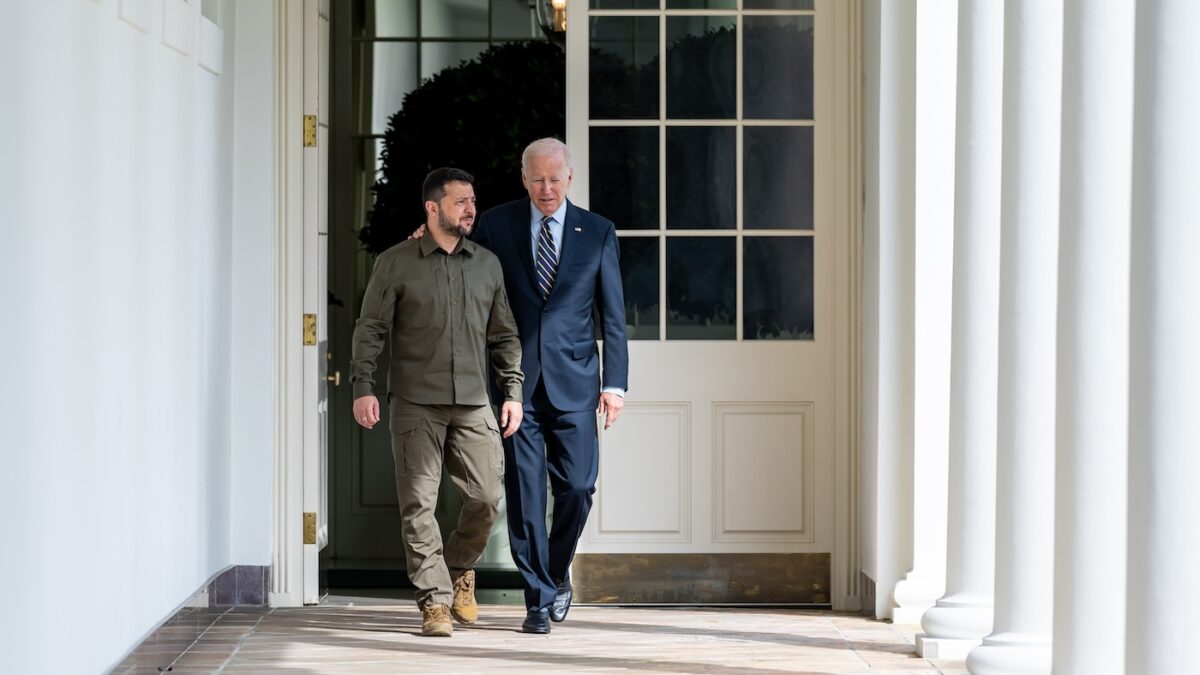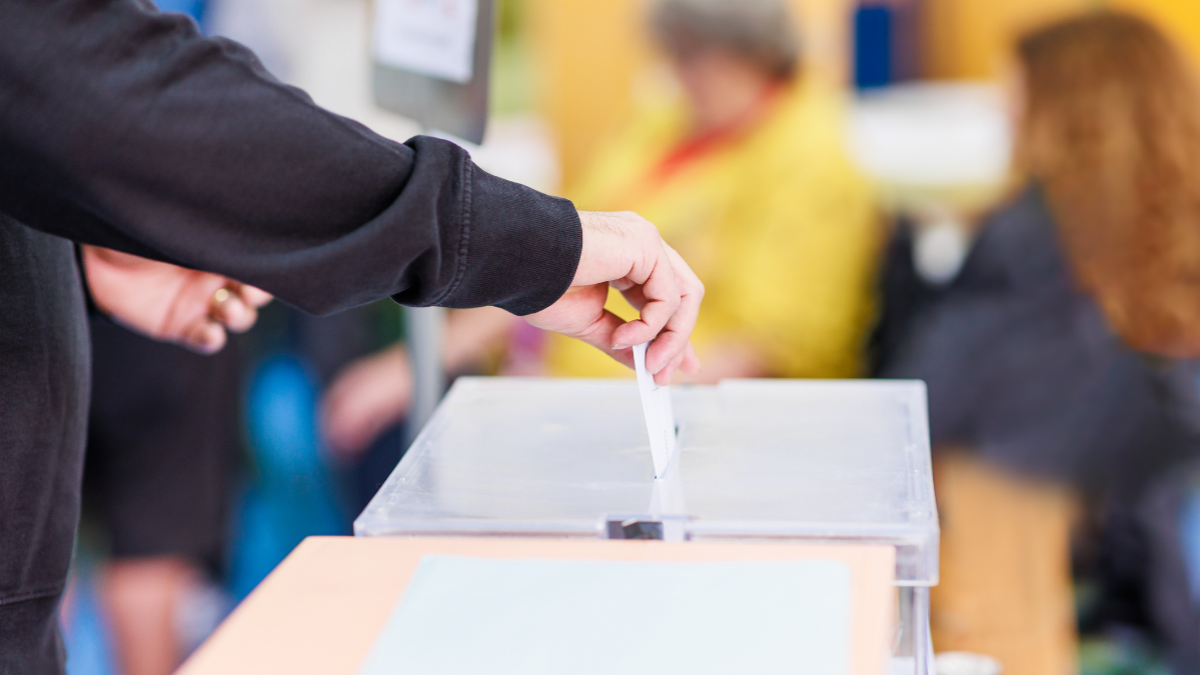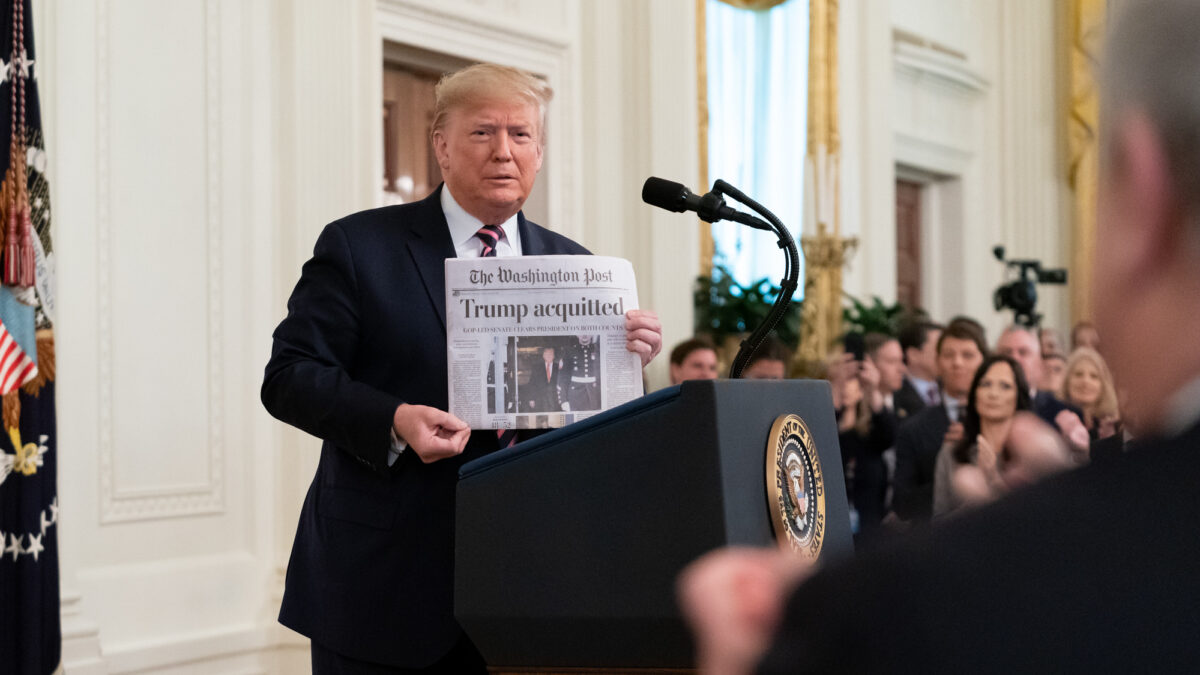New polling released earlier this month from the New York Times Upshot with Siena College depicts a troubling picture for Democrats a year out from election day.
Nearly two-thirds of Trump voters who supported Democratic congressional candidates in the 2018 midterms that flipped control of House to Democrats reported they would back the president over the three candidates currently leading in the Democratic primary, according to the Times.
Further, the new polls show Trump maintaining or strengthening his edge in the six key battleground states that swung the election in the Republican’s favor, particularly among white working-class voters who flipped to Trump after eight years of backing President Barack Obama while Democrats continue to fall behind this critical voting bloc.
“The poll offers little evidence that any Democrat, including Mr. Biden, has made substantial progress toward winning back the white working-class voters who defected to the president in 2016, at least so far,” the Times noted. “All the leading Democratic candidates trail in the precincts or counties that voted for Barack Obama and then flipped to Mr. Trump.”
While the election remains just more than 11 months away with no clear Democratic candidate quite yet, the Times reports that “on average of the last three cycles, head-to-head polls a year ahead of the election – matching the eventual nominees of each party – have been as close to the final result as those taken the day before.”
The polls suggest that former Vice President Joe Biden stands the best chance to oust Trump next fall, leading the president by an average of two points among registered voters in Michigan, Pennsylvania, Wisconsin, Florida, Arizona, and Wisconsin.
Massachusetts Senator Elizabeth Warren, in contrast, is trailing Trump by an average of two points among registered voters in the six battleground contests mirroring the margins of Trump’s win over Hillary Clinton in 2016. Vermont Senator Bernie Sanders remains tied.
The Times report suggests the Democratic candidate will need to carry at least three of six states that handed Trump his electoral victory to capture the White House next November.
Democrats however, are in the midst of prolonging a bruising primary with 18 candidates still in the race little more than two months away from the Iowa caucuses. Former New York City Mayor Michael Bloomberg became the latest candidate to enter the race this week dropping more than $31 million of his own money on campaign ads in key nominating contests indicating how the party is gearing up for a competitive primary process well past Iowa in February.
Bloomberg, by far the richest candidate to run for president this election cycle with an estimated net worth of more than $54 billion according to Forbes, has pledged to self-fund his campaign, and has given Sanders and Warren fresh ammunition to launch attacks on the nation’s wealthy trying to buy elections.
Whether the ad blitz for a last-minute entry into the race will pay off remains to be seen, though Bloomberg’s late announcement showcases heightened anxiety among Democrats that none of top three candidates currently in the lead have the ability to capture the momentum in the primary and beyond to flip the White House in 2020.
